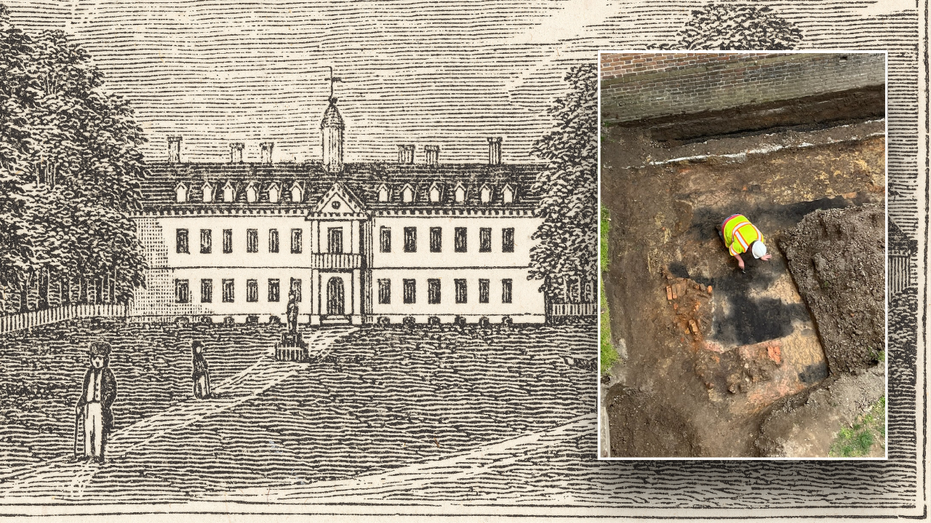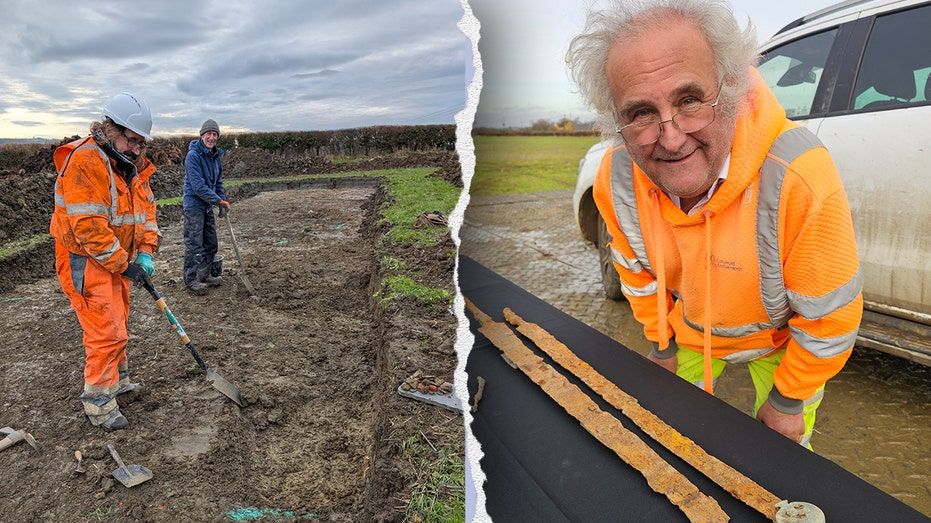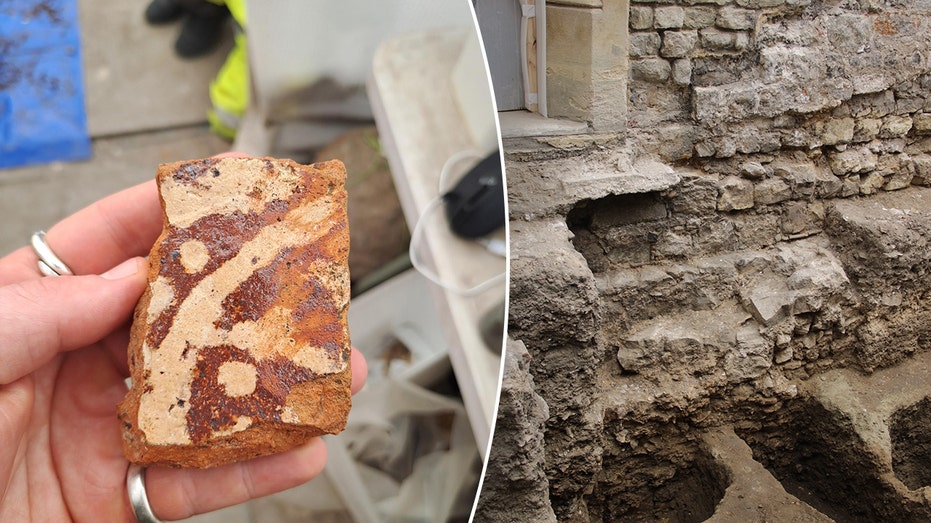William & Mary Unearths 17th-Century Brick Kiln Near Historic Wren Building

Sarah Johnson
May 9, 2025
Brief
Archaeologists at William & Mary uncover a 17th-century brick kiln, the oldest structure on campus, near the historic Wren Building.
In a delightful twist of history, archaeologists at William & Mary, America’s second-oldest university, have unearthed a 17th-century brick kiln near the iconic Wren Building in Williamsburg, Virginia. This remarkable find, first noted in the 1930s and recently rediscovered during restoration efforts, predates the Wren Building itself, making it the oldest known structure on campus.
Elizabeth Monroe, co-director of the William & Mary Center for Archaeological Research, shared that the kiln was crucial for crafting the bricks that built the Wren Building, a structure still bustling with student life today. “They pulled clay from the ground where the cellar now sits,” Monroe explained, highlighting the ingenuity of early builders. The kiln’s three-foot-thick foundation has preserved it through centuries, a testament to its robust construction.
Charles Fulcher, director of Wren operations, noted the discovery’s impact: “It brings the university’s 325-year history to life.” Students, including those giving tours, flocked to see the kiln’s fire-marked soil, connecting with the past in a tangible way. The find underscores Williamsburg’s rich archaeological tapestry, where, as Monroe quipped, “a shovel in the ground always unearths a story.”
For now, the kiln is reburied to accommodate ongoing Wren Building renovations, but archaeologists plan to revisit it, ensuring its story endures for future generations.
Topics
Editor's Comments
Talk about a fired-up discovery! This kiln’s been hiding since the 17th century, probably chuckling at all the students rushing to class above it. Why did the brick kiln stay so quiet? Because it knew it was the real foundation of William & Mary’s history!
Like this article? Share it with your friends!
If you find this article interesting, feel free to share it with your friends!
Thank you for your support! Sharing is the greatest encouragement for us.



